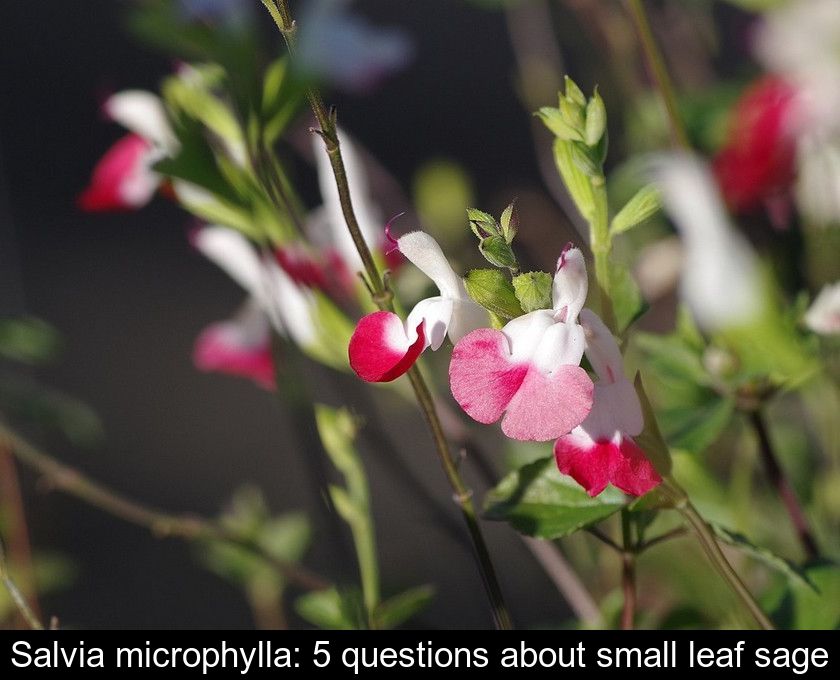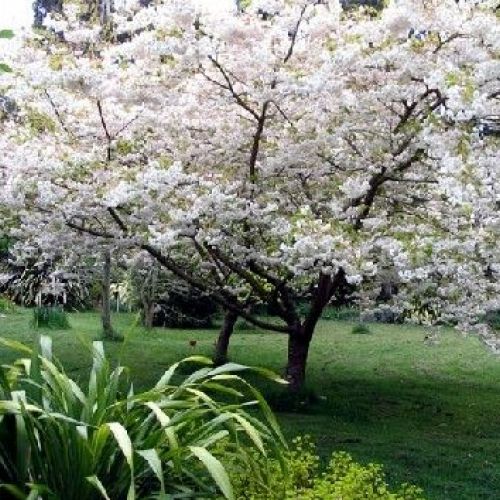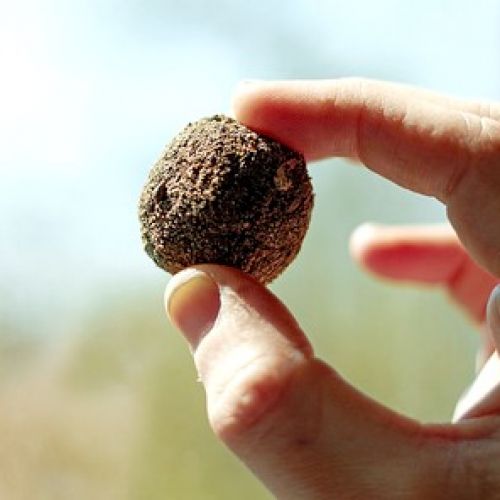Salvia Microphylla: 5 Questions About Small Leaf Sage
If you're looking for a small, easygoing, decorative shrub to brighten up your flower garden in summer, consider Salvia microphylla! This plant, also known as small-leafed sage or graham sage, can be installed in a bed, in the ground and in a pot in a large container. Here is everything you need to know about this plant in 5 questions.
1- What does it look like?
Do not confuse small leaf sage with the officinal sage grown in the vegetable garden as a medicinal and aromatic plant.
Although it belongs to the same botanical family, Salvia microphylla is an ornamental sage producing many small white, red or pink or even two-tone flowers.
This perennial plant of the Lamiaceae family appears as a small shrub with upright branches 80 cm to 1.20 m tall.
As its name indicates, this plant has small oval dark green leaves that give off a characteristic smell of sage when crumpled. Its foliage is persistent.
2- When does it bloom?
The main interest of the small-leaf sage lies in its colorful bloom.
Its numerous small, brightly colored flowers will brighten up your beds, borders and any sunny spots in your garden.
Salvia microphylla blooms in summer, from May-June until the first frost.
3- How to grow it?
Small-leaf sage enjoys a warm, sunny exposure away from the wind.
The plant stops growing below 5°C and needs protection at the stump in case of heavy frost.
Salvia microphylla accepts any type of soil, even chalky, dry and poor, as long as it is well drained.
This easy-to-grow plant can be planted in the ground in a rock garden, border or bed, for example. It can also be grown in a pot or tub, provided the volume of the container is large enough.
This decorative sage is very resistant to disease and pests. Maintenance is limited to cutting the plant back in the fall in cold regions and mulching its stump to protect it from frost.
In regions with milder winters, you will only need to prune the ends of the branches in April. However, it is recommended to totally cut back the plant every 5 years or so.
4- How to multiply it?
Small-leaf sage is easily propagated by cutting young shoots in the spring or from August stems, through September.
Once your seedlings have produced roots, you can transplant them into the ground in May of the following year.
Just be sure to enrich the soil with compost and space your plants 70 to 80 cm apart when planting.
The first year after planting, you will only need to water sparingly and mulch. Beware of overwatering which can cause the plant to rot.
5- What are the most beautiful varieties?
There are many varieties of Salvia microphylla in horticulture.
This decorative sage native to Mexico is grown primarily for its flowers even though it is edible.
The colors of the flowers range from white to red to various shades of pink. So you'll be spoilt for choice between:
- the variety 'Trebah' of white color
- the variety 'Trelissick' of pink color
- the variety 'Kew Red' in fuchsia color
- Newby Hall' in red
- the 'Hot Lips' variety with two-colored flowers









